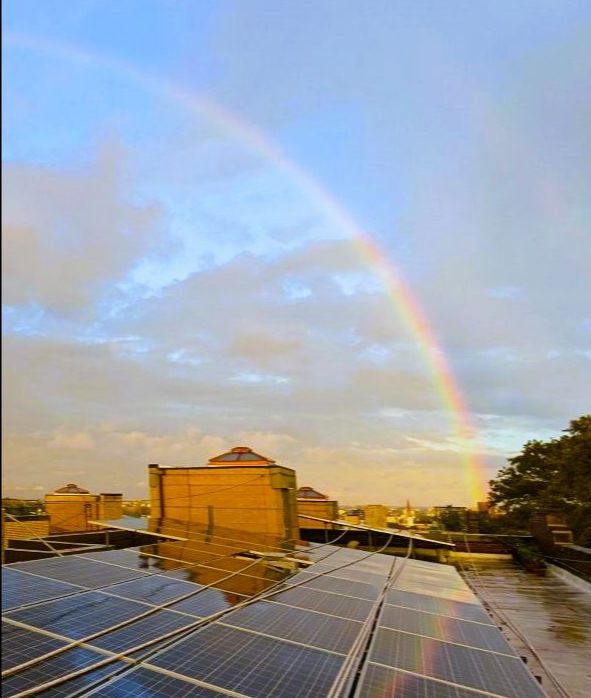
One of the commodities the US imports from Canada is clean electricity generated by hydropower, and states that are closest to the border, like New York and Minnesota, have entered into energy market agreements with our northern neighbor as part of meeting their climate goals.
The federal administration’s obsession with tariffs could throw a huge wrench into those works. While tariffs have been announced, then paused, creating a high level of uncertainty regarding the future of US-Canada relations, the likelihood of increased electricity rates if tariffs go into effect is strong. 93% of US electricity imports come from Canada, and Doug Ford, the premier of the province of Ontario, threatened to retaliate for tariffs on Canadian imports by cutting off the US supply of electric power generated there.
New York’s electricity rates are already high, and no one seems able to predict how much higher they could get as a result of tariffs. In November of 2024, the rate New Yorkers pay for electricity was 45 percent higher than the national average.
“We’re basically putting more cost on the system,” said Daniel A. Zarrilli, former chief climate adviser for New York City. “I have no means of putting a number on it, other than thinking the pass-through costs of the electricity generation are just going to go up.”
While only about a third of what New Yorkers pay to Con Edison would be subject to tariffs- the part of the bill that charges for energy used, not delivery or fees- but even so, a 25% tariff would increase a $100 monthly bill by about $8. During seasons with especially high electric bills, and with tariffs potentially increasing the prices of other goods and services, many customers would struggle to pay or have to make devastating choices about which essentials to spend their money on.
Not even the agency that oversees the state’s power grid, the New York Independent System Operator, would provide an estimate of the proposed tariff’s impact on consumers. Kevin Lanahan, a spokesman for the system operator, said it was “actively pursuing guidance” on how the electricity market would be affected.
“The U.S. and Canada have one of the most integrated electric grids in the world, allowing system operators in both countries to pool resources for improved reliability and economic efficiency,” he said.
You can read more about this on the NY Times website here.


